pegleglooker
Bronze Member
- Jun 9, 2006
- 1,857
- 237
- Detector(s) used
- ace 250
- Primary Interest:
- All Treasure Hunting

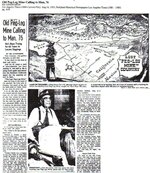
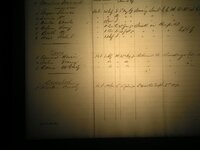
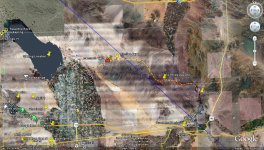
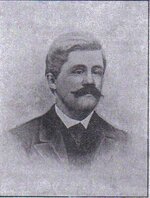
 Three words Carrizo Impact Area....Oh and a fourth word BOOM !!!! LOL... I would suspect that the gold " could " have been blown alll over the area ( this used to be a bombing range for pilots of WW2 ).
Three words Carrizo Impact Area....Oh and a fourth word BOOM !!!! LOL... I would suspect that the gold " could " have been blown alll over the area ( this used to be a bombing range for pilots of WW2 ). 
 ? You ALWAYS crack me up with them....LOL
? You ALWAYS crack me up with them....LOLThere are at least three or four people who claimed the name Pegleg Smith in the 1800s. The original one found the black nuggets in 1829 and died in 1866.
There are five or six known locations where black gold nuggets have been found (I have a map with approximate locations). All of them need at least three to four feet of sand to be stripped away to get to where the nuggets are.
pegleglooker said:hey mike,
where is the WORLD do you get your avatars? You ALWAYS crack me up with them....LOL
PLL
I have seen this mentioned in several places but have been unable to locate it on any new or old maps. The only Smith Mt I could find in California is on the east side of Death Valley. Does anyone know if this part is true? If so, what is the name of the mountain now or where is it?Peerless67 said:One of the mountains
of the San Jacinto group near Temecula
still bears the name of Smith's
Mountain as a souvenir of the journey.
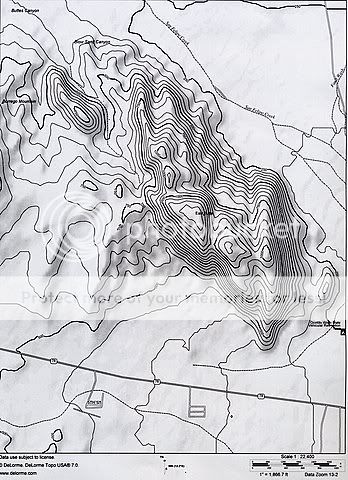

I don't even know where one would find the official Pegleg Smith account of what happened to him.
4307. Geological Features.
No person shall destroy, disturb, mutilate, or remove earth, sand, gravel, oil, minerals, rocks, paleontological features, or features of caves except rockhounding may be permitted as defined and delineated in Sections 4610 through 4610.10.
4610.00 Rockhounding...is authorized by Section 5001.65 of the Public Resources Code and is defined as being the recreational gathering of stones and minerals found occurring naturally on the undisturbed surface of the land, including panning for gold in the natural water-washed gravel of streams.